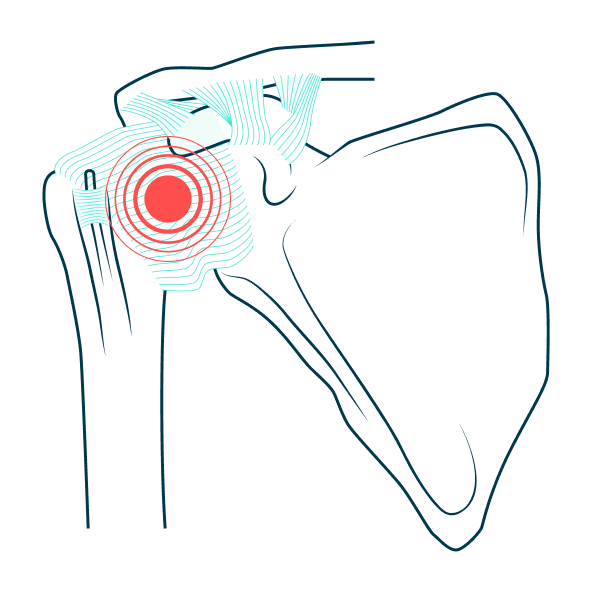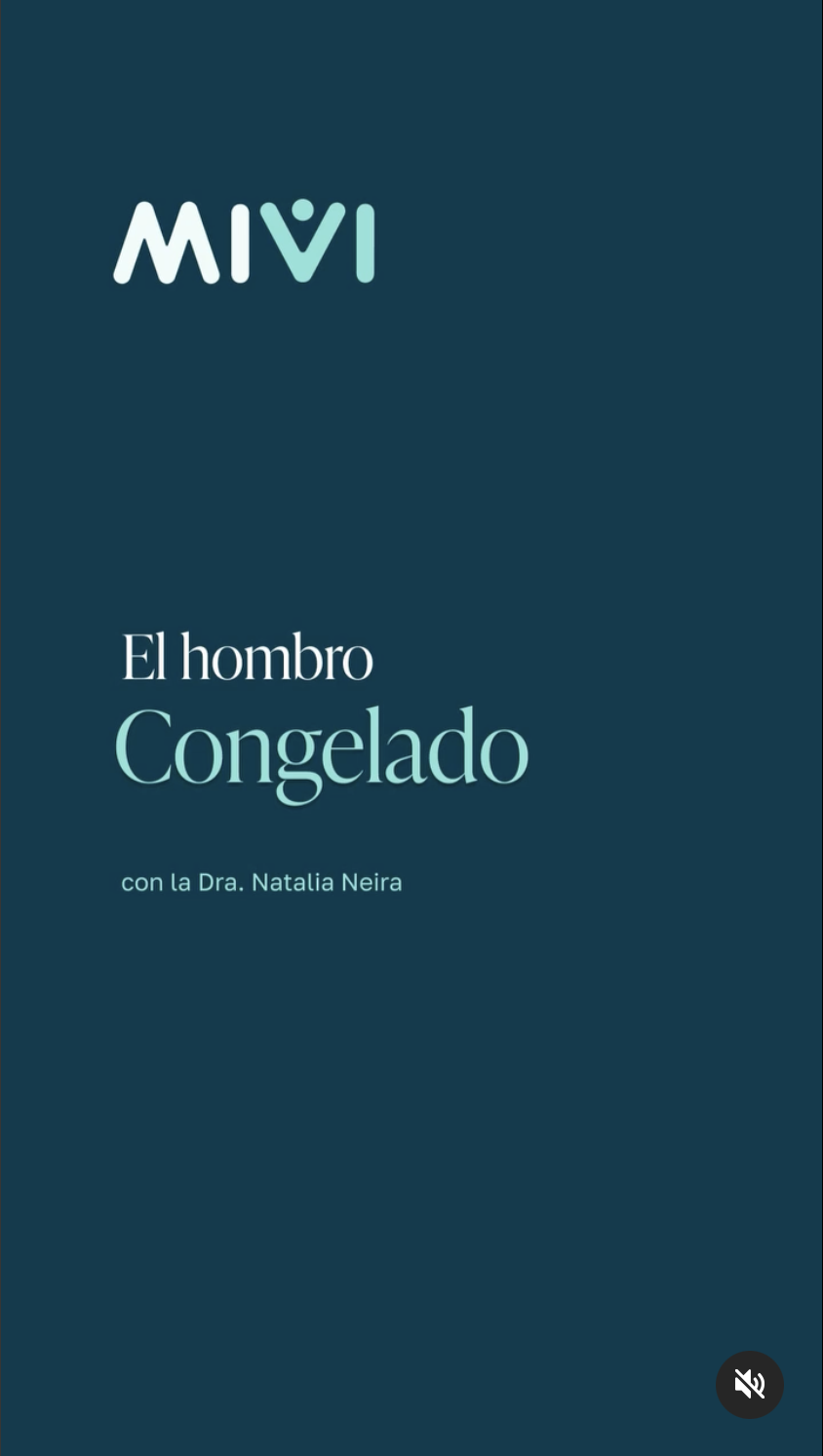Adhesive Capsulitis (Frozen Shoulder)
What is
The shoulder is a ball and socket joint formed by the coordination between three bones:
- Humerus: upper arm bone.
- The scapula, also called the shoulder blade.
- The clavicle.
The head of the humerus articulates on a flat cavity that is part of the scapula and is wrapped by a strong tissue, called the capsule that surrounds the entire joint. To facilitate movement there is a fluid that lubricates it and facilitates sliding.
In frozen shoulder or adhesive capsulitis, the capsule becomes inflamed and stiffens. Through these stiffnesses the shoulder “binds” to the joint reducing the possibility of movement.

Causes
The reasons for this are often not known exactly, although it is known that there are certain factors that favor it and among them are the following:
- The presence of diabetes mellitus.
- Thyroid gland problems such as hypothyroidism and hyperthyroidism.
- Parkinson’s disease.
- Prolonged immobilization of the shoulder joint.
Pathologies such as rotator cuff tendinitis that may trigger a decrease in shoulder mobility may contribute to the development of this pathology.

Symptoms
Symptoms appear gradually, usually in three stages:
- Freezing stage: in this stage the pain increases little by little while the range of motion decreases. The duration of this stage is very variable ranging from 6 weeks to 9 months.
- Freezing stage: in this stage it is characteristic that the patient presents less pain, however, stiffness is maintained, as well as functional disability. This stage lasts between 4 and 6 months.
- Thawing stage: this is the recovery stage and it is characteristic that the movement improves thanks to the treatments. Complete recovery lasts from 6 months to 2 years.

Our customers say
Insurance companies
Ask your MIVI centre for information on the agreements with insurance companies.










